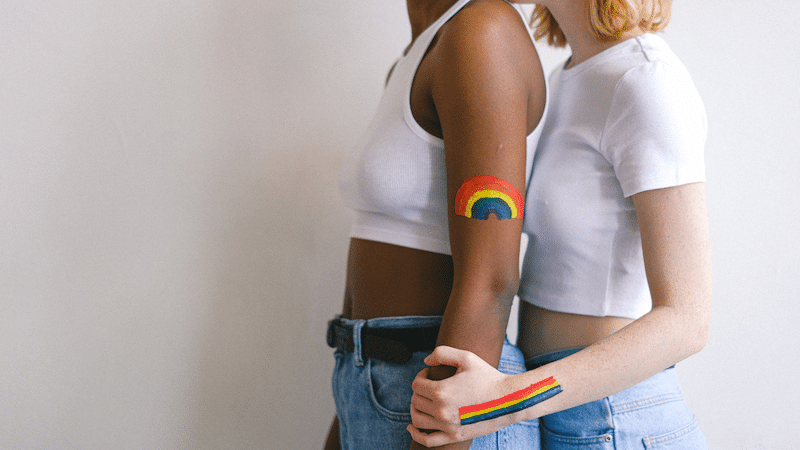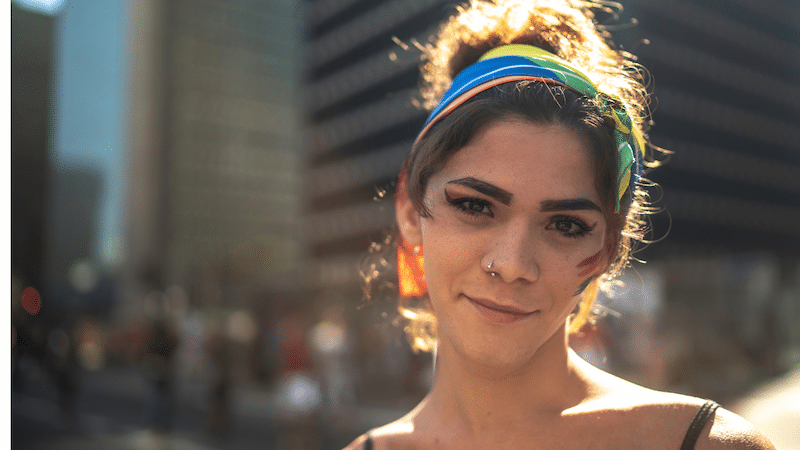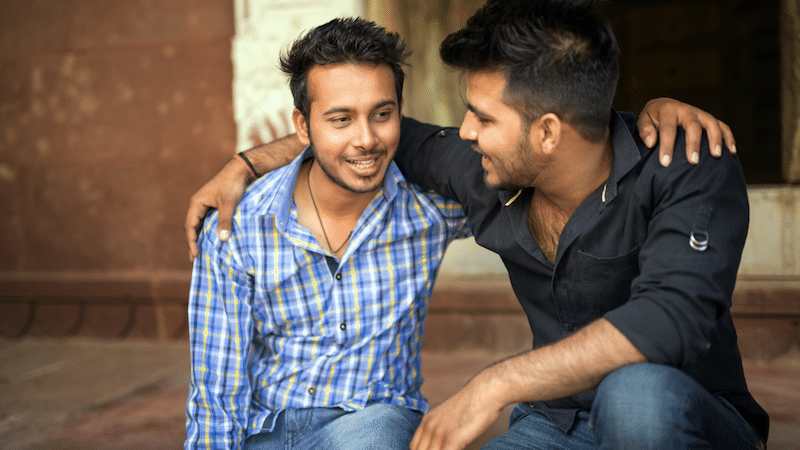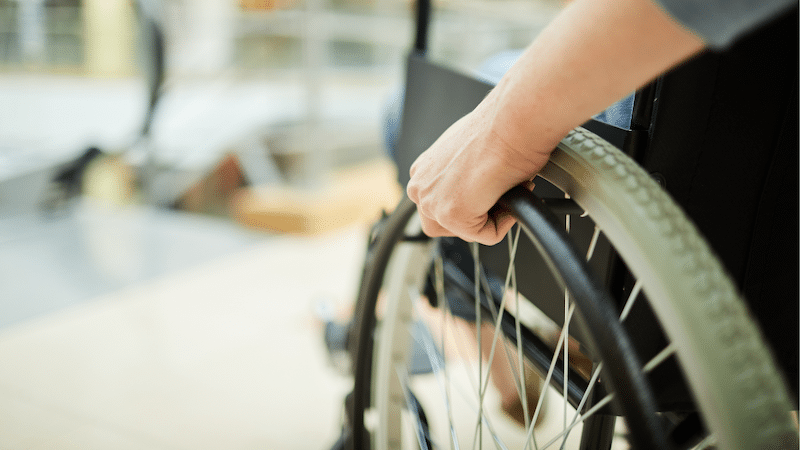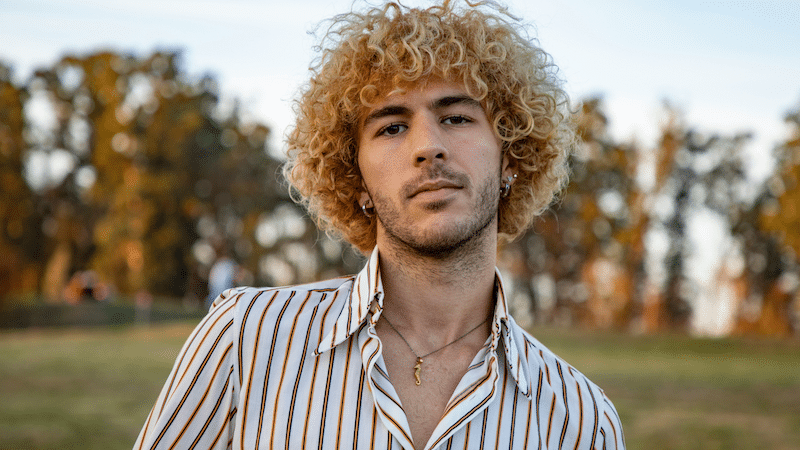Shattering The Stigma
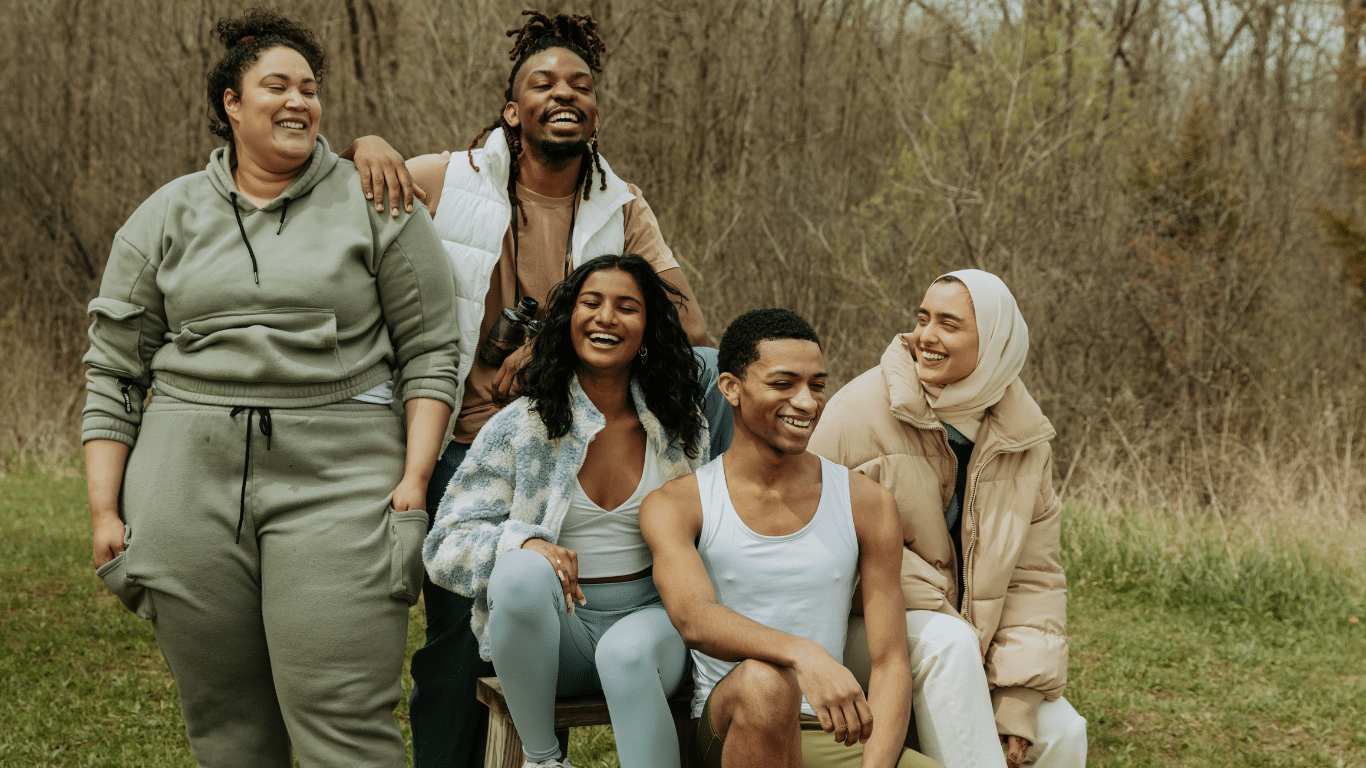
What is Shattering The Stigma?
Anti-sexual violence activism tends to center white, straight, cis, able-bodied women. The reality of this issue extends to everyone regardless of race, gender, ability, class, sexuality, or profession. Sexual assault affects not only white women, but men, people of color, people with disabilities, LGBTQIA+ people, and sex workers. We need to Shatter the Stigma and uplift these voices in our advocacy to ensure that the most vulnerable do not slip through the cracks.
This campaign is working to empower survivors in communities that are often overlooked by raising awareness on the ways they experience sexual violence and how those who exist at the intersection of multiple marginalized identities may be at even greater risk.
Learn More About Intersectionality
Get Involved
Download our social media toolkit to #ShatterTheStigma and raise awareness around these important facts this Sexual Assault Awareness Month
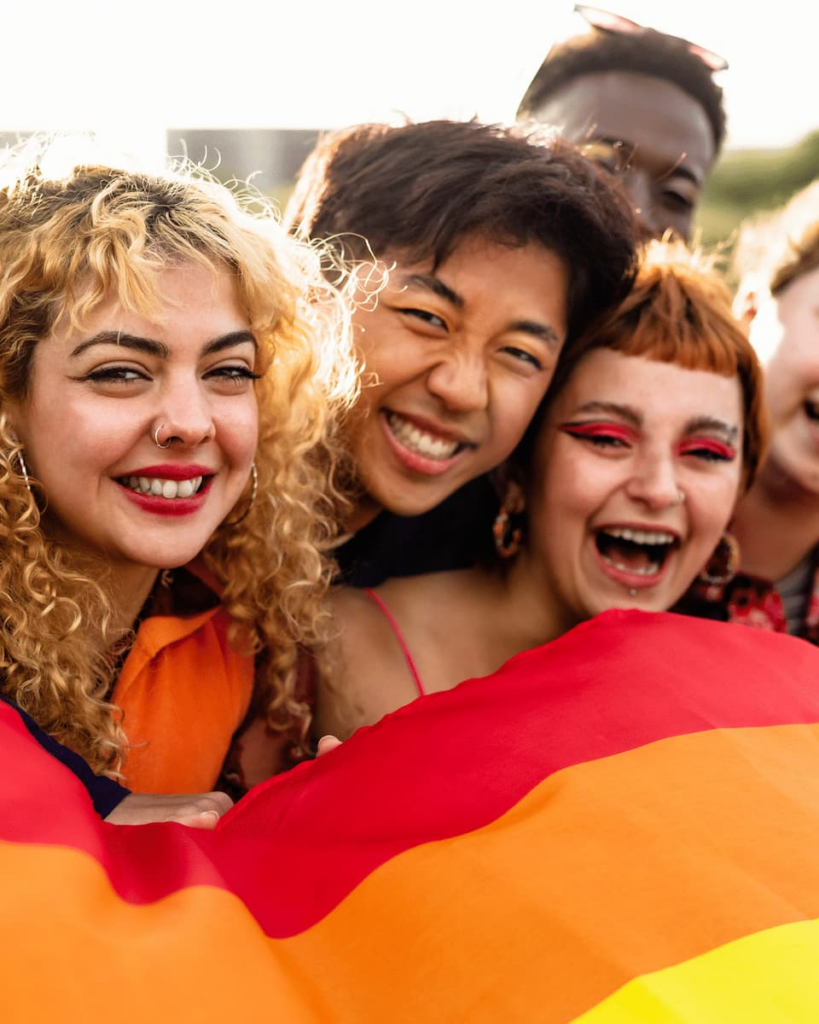
LGBTQIA+ Survivors

Male Survivors

BIPOC Survivors
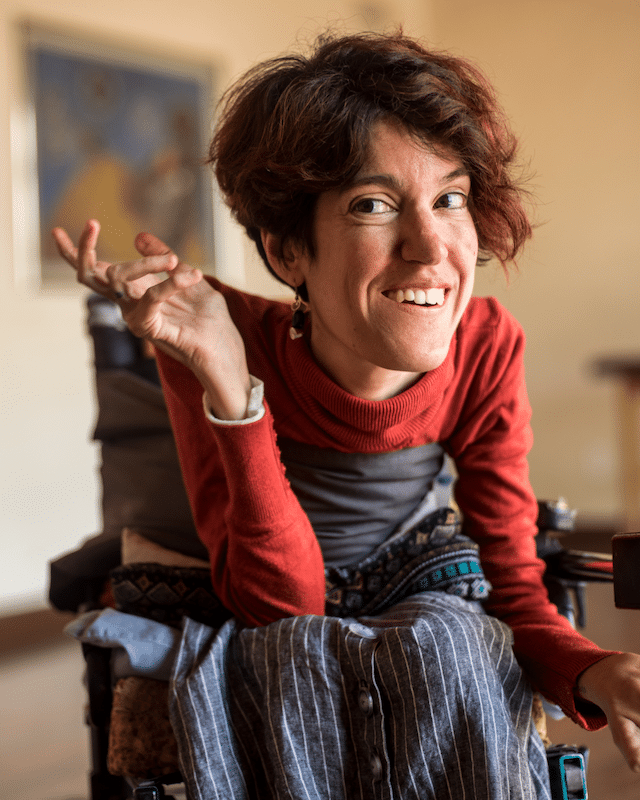
Survivors with Disabilities

Survivors in Sex Work
Sources
- Leemis R.W., Friar N., Khatiwada S., Chen M.S., Kresnow M., Smith S.G., Caslin, S., & Basile, K.C. (2022). The National Intimate Partner and Sexual Violence Survey: 2016/2017 Report on Intimate Partner Violence. Atlanta, GA: National Center for Injury Prevention and Control, Centers for Disease Control and Prevention.
- James, S. E., Herman, J. L., Rankin, S., Keisling, M., Mottet, L., & Anafi, M. (2016). The report of the 2015 U.S. Transgender Survey. Retrieved from the National Center for Transgender Equality: https://www.transequality.org/sites/default/files/docs/USTS-Full-Report-FINAL.PDF
- French, B. H., Tilghman, J. D., & Malebranche, D. A. (2015). Sexual coercion context and psychosocial correlates among diverse males. Psychology of Men & Masculinity, 16(1), 42–53. https://doi.org/10.1037/a0035915
- Sexual Violence Against Women and Children in Indian Country. (2025). Niwrc.org. https://www.niwrc.org/sites/default/files/images/resource/niwrc_fact_sheet_sexual_violence_indian_country.jpg
- Disability Justice. (2014). Sexual Abuse | Disability Justice. Disability Justice. https://disabilityjustice.org/sexual-abuse/
- Black, M.C., Basile, K.C., Breiding, M.J., Smith, S.G., Walters, M.L., Merrick, M.T., Chen, J., & Stevens, M.R. (2011). The National Intimate Partner and Sexual Violence Survey (NISVS): 2010 Summary Report. Atlanta, GA: National Center for Injury Prevention and Control, Centers for Disease Control and Prevention.
- Seelman, K. L. (2015). Unequal Treatment of Transgender Individuals in Domestic Violence and Rape Crisis Programs. Journal of Social Service Research, 41(3), 307–325. https://doi.org/10.1080/01488376.2014.987943
- Baladerian, N.J. Sexual abuse of people with developmental disabilities. Sex Disabil 9, 323–335 (1991). https://doi.org/10.1007/BF01102020
- Deering, K. N., Amin, A., Shoveller, J., Nesbitt, A., Garcia-Moreno, C., Duff, P., Argento, E., & Shannon, K. (2014). A systematic review of the correlates of violence against sex workers. American journal of public health, 104(5), e42–e54. https://doi.org/10.2105/AJPH.2014.301909
- Berredo, Lukas, AR Arcon, Amaranta Gómez Regalado, Carter Honorée, Neish McLean, Islèm Mejri,Simran Shaikh, Timofey Shenker, and Vaito’a Toelupe (2018). Global trans perspectives on health and wellbeing: TvT community report. Transrespect versus Transphobia Worldwide project. TGEU.
- Lippmann, M., Lawlor, N., & Leistner, C. E. (2023). Learning on OnlyFans: User Perspectives on Knowledge and Skills Acquired on the Platform. Sexuality & culture, 1–21. Advance online publication. https://doi.org/10.1007/s12119-022-10060-0

